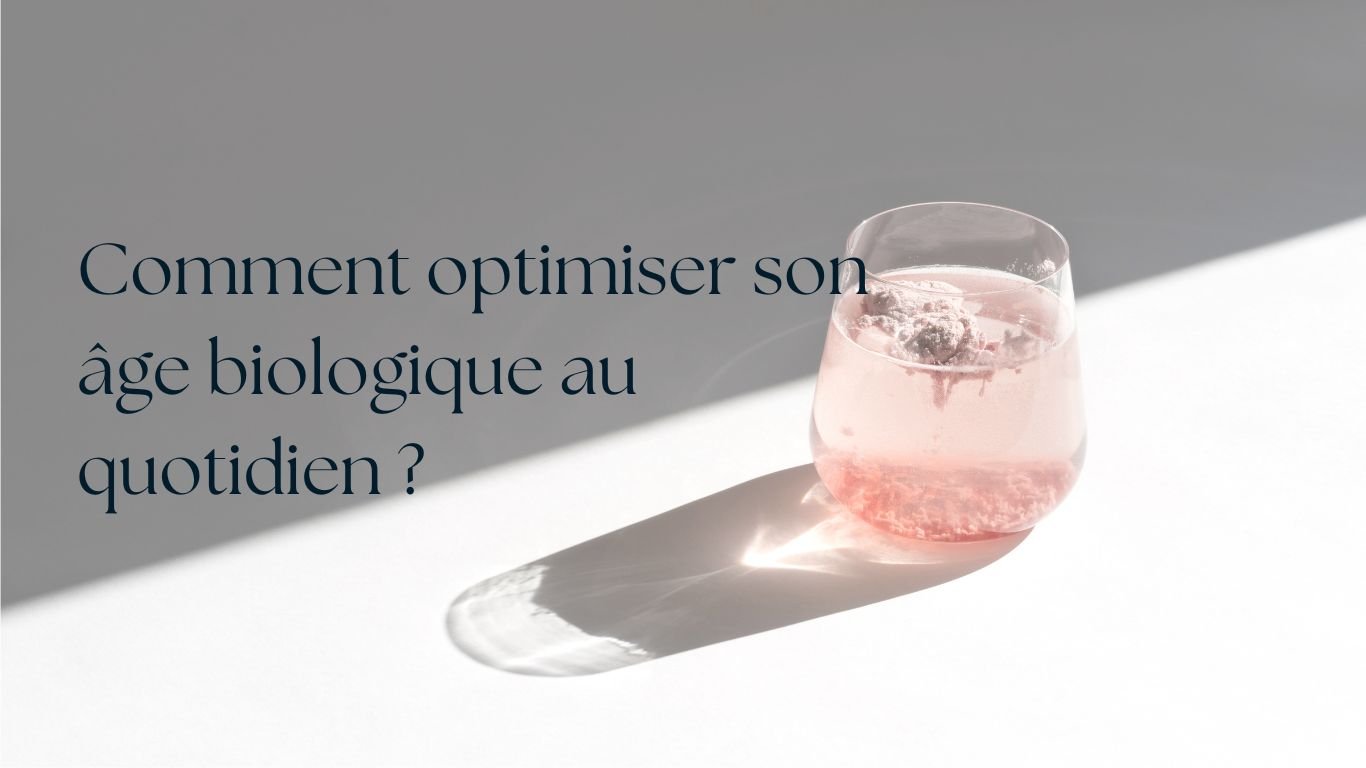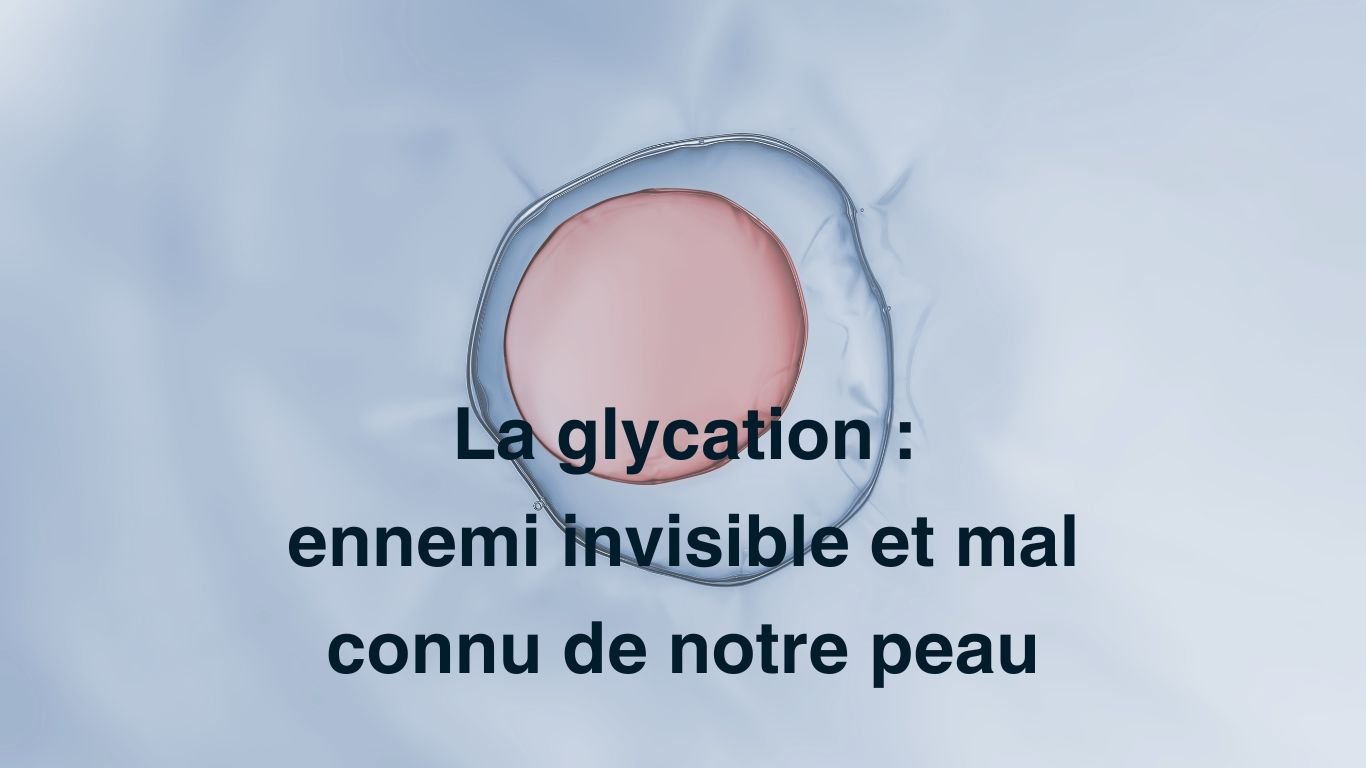Leading players in molecules that your body remains incapable of synthesizing, vitamins can only be recovered through food.
Your vitamin E needs, for example, can only be met by consuming certain ingredients such as oils (soy, sunflower, wheat), nuts, seeds or even cereals.
However, it is not always easy to put together a sufficiently varied diet.
In such a situation, the alternative to consuming conventional foods lies in taking targeted dietary supplementation.
If in this regard many sites on the web give you some ideas on how you should adjust your diet to avoid deficiencies and offer your body everything it needs to be in good health, few explain to you why the Vitamin E is needed by your cells and how it is processed by your body.
Accustomed to exploring the subjects it covers in depth to help you understand what you would benefit from eating, why and how, the MyPUREskin team pushes open the door to your cells and takes you on a journey to the heart of the mechanisms of your nutrition.
Ready to follow vitamin E on its journey?
 Vitamins, membrane transport and cells: how does vitamin E enter your body?
Vitamins, membrane transport and cells: how does vitamin E enter your body?
Bringing together eight different molecules with common functions, vitamin E takes off from your plate to travel to the cells of your body in 4 steps:
- You consume foods or dietary supplements containing vitamin E;
- Your digestive system extracts nutrients from what you have consumed, including vitamin E;
- Vitamin E passes through the lining of your intestine;
- It enters your bloodstream and enters the different cells of your body.
Whether it is your intestine, your heart or your skin, the cells of your body are like “VIP spaces” where the active ingredients you consume meet.
These tiny constituents of your body have entry points that guests (like vitamins) can use as long as they have a pass.
To leave your digestive system, vitamin E must therefore undergo an initial “identity check”, orchestrated by specialized cells lining your intestinal wall: enterocytes.
Routes of passage of vitamin E into enterocytes
To have a chance of passing from the “intestinal lumen” (i.e. the interior of your intestine) to the enterocytes, vitamin E becomes enclosed in “small oil bubbles” (lipid emulsions) which will break into smaller water-soluble lipid units: water-soluble micelles.

It has long been thought that the penetration of vitamin E into enterocytes via micelles occurs passively, thanks to the particular shape of these cells (due to their microvilli, resembling tentacles which bathe in the intestinal lumen).

It is only since the work of Emmanuelle Reboul published in 2006 ¹ that we know the existence of a specific protein allowing fat-soluble vitamins (i.e. vitamins capable of “clinging” lipids), such as vitamin E, to cross the membrane of enterocyte cells.
Vitamin E uses this membrane transporter from which it will separate once in the cell.
Vitamin E and chylomicrons: from enterocytes to the bloodstream
However, vitamin E is not yet ready to enter the blood.
To pass the part of the cell membrane next to the blood vessels (the “basal” membrane), it must be prepared.
This is the reason why enterocytes produce lipoproteins, capable of passing hydrophobic molecules (as is the case for vitamin E, which is fat-soluble) into the blood (which “prefers” hydrophilic molecules).
More precisely, it is chylomicrons, lipoproteins produced during digestion, which are responsible for transporting vitamin E to pass the second membrane check and thus reach the blood circulation.

From the liver to other organs: vitamin E’s last stop
Once in the blood, vitamin E once again abandons its smugglers (the chylomicrons) and heads to the liver which will take care of producing other lipoproteins. These will take over for the last stage of the journey.
They will in fact transport vitamin E to all the cells of your other organs, to release them there.
Vitamin E and synergy: from blood vessels to the cells of your organs
Only once it has reached the different cells where it is expected can vitamin E begin to work.
By reaching the heart, then the lungs but also ultimately the skin, vitamin E will be processed by your cells to contribute to the successful completion of certain reactions but will also and above all be dispatched to their surface.
Acting as a neutralizer of free radicals, vitamin E will protect the cell wall from oxidative stress and will therefore help to improve the quality of reactions occurring in your cells, while increasing their potential life expectancy.

Vitamin E synergy: why consume other active ingredients with vitamin E?
As Jean-Claude Guilland from the technical biology platform at Dijon University Hospital recalls in an article published in March 2011 ² , the life cycle of vitamin E is closely linked to the presence of vitamin C.
In fact, the presence of these two active ingredients increases the lifespan of vitamin E. This ability to obtain different effects when two active ingredients are consumed simultaneously, compared to their separate ingestion, is called “synergy”.
Faced with the loss of nutritional value of fruits and vegetables produced over the last century on an industrial scale (the varieties of which are not necessarily selected for their level of nutrition), the consumption of food supplements is of interest to more and more people.
In addition, the progressive disruption of different cellular functions induced by the aging process raises a question: how to choose an effective food supplement that respects your health?
MyCollagenLift: a nutricosmetic that respects your nutritional needs
It is because nutrition represents an essential pillar of your daily quality of life that the MyPUREskin laboratories have chosen to deploy their know-how and energy to help you optimize it.
By composing a formula with proven effectiveness, our team was able to take advantage of the properties of vitamin E and the synergy which links it to a batch of ingredients of entirely natural origin.
“Nourish, stimulate, protect”: the maxim of the food supplement that is MyCollagenLift is intended to be absolutely relevant, as part of an effort to support your aging process, thanks to:
- Vitamin E, whose support in terms of neutralizing free radicals is a breath of oxygen for your skin;
- Vitamin C (extracted from acerola fruit) whose antioxidant power makes it an essential molecule for a quality formula;
- Collagen peptides (more bioavailable than non-hydrolyzed collagen) helping your body continue its production of endogenous collagen;
- Hyaluronic acid, the cornerstone of intense hydration for your skin;
- Wheat ceramides (gluten-free) whose properties support this hydration process by helping to prevent the insensible loss of water from your body;
- Organic silicon, whose role as a skin restructuring agent wonderfully supports your body's efforts to maintain the firmness of your skin;
- Grape OPCs and zinc whose relevance to free electrons increases the effectiveness of the MyCollagenLift formula.
Designed to offer your body all the effectiveness of a combination of active ingredients in line with the latest scientific discoveries in nutrition, MyCollagenLift will accompany you at every stage of your life to support you in your quest for “well-being” .
Are you still hesitant to take the plunge? Remember this: for a first treatment of 3 months, the first results will appear in 4 weeks!
- Study by researcher Emmanuelle Reboul on the mechanisms of intestinal absorption of vitamin E: https://www.ncbi.nlm.nih.gov/pmc/articles/PMC5745505
- Article by Jean-Claude Guilland: https://www.ocl-journal.org/articles/ocl/full_html/2011/02/ocl2011182p59/ocl2011182p59.html





Share:
3 misconceptions about vitamin E
Is it possible to restore elasticity to your skin with organic silicon?